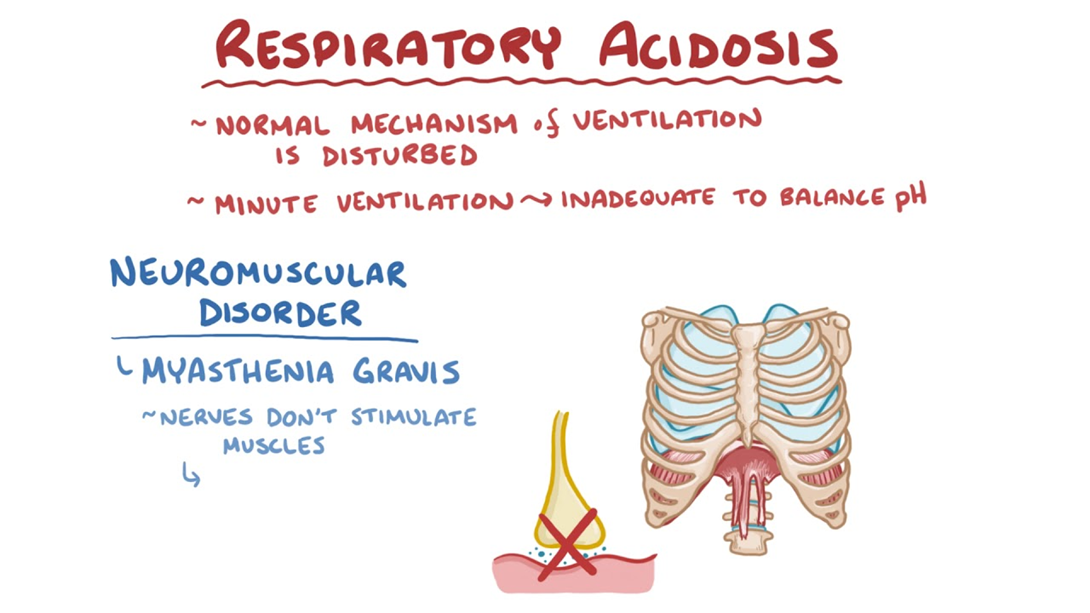A nurse is reviewing the results of a client's fecal occult blood screening test. Which of the following findings from the client's history should the nurse identify as potentially causing a false-positive result?
The client takes ibuprofen for headaches.
The client had a hemorrhoidectomy 1 year ago.
The client has a history of breast cancer.
The client consumed citrus juice 3 days before the test.
The Correct Answer is A
Choice A reason: Taking ibuprofen or other nonsteroidal anti-inflammatory drugs (NSAIDs) can cause a false-positive result on a fecal occult blood screening test, as they can irritate the gastrointestinal mucosa and cause bleeding.
Choice B reason: Having a hemorrhoidectomy 1 year ago is unlikely to cause a false-positive result on a fecal occult blood screening test, as hemorrhoids are usually a source of bright red blood that can be seen with naked eye, not occult blood that requires chemical detection.
Choice C reason: Having a history of breast cancer is not related to a false-positive result on a fecal occult blood screening test, as breast cancer does not affect the gastrointestinal tract or cause bleeding in stool.
Choice D reason: Consuming citrus juice 3 days before the test is not likely to cause a false-positive result on a fecal occult blood screening test, as citrus juice does not contain any substances that can interfere with the chemical reaction of the test. However, consuming red meat, raw vegetables, vitamin C supplements, or iron supplements within 3 days before the test can cause false-negative results, as they can mask or degrade occult blood in stool.
Nursing Test Bank
Naxlex Comprehensive Predictor Exams
Related Questions
Correct Answer is D
Explanation
Choice A reason: PaO2 85 mmHg is within the normal range of 80 to 100 mmHg and does not indicate any hypoxemia or oxygen deficiency.
Choice B reason: pH 7.47 is within the normal range of 7.35 to 7.45 and does not indicate any acid-base imbalance.
Choice C reason: HCO3 25 mEq/L is within the normal range of 22 to 26 mEq/L and does not indicate any metabolic disturbance.
Choice D reason: PaCO2 55 mmHg is above the normal range of 35 to 45 mmHg and indicates respiratory acidosis, which is a condition where the lungs cannot eliminate enough carbon dioxide and the blood becomes too acidic. This can be caused by pneumonia, which can impair gas exchange and ventilation.

Correct Answer is A
Explanation
Choice A reason: Difficulty swallowing is a sign of anaphylaxis, which is a severe allergic reaction that can cause swelling of the throat and tongue, leading to airway obstruction and respiratory distress.
Choice B reason: Petechial rash on the abdomen is not a sign of anaphylaxis, but rather a sign of thrombocytopenia, which is a low platelet count that can cause bleeding under the skin.
Choice C reason: Hypertension is not a sign of anaphylaxis, but rather a sign of high blood pressure, which can be caused by various factors such as stress, pain, or kidney disease.
Choice D reason: Bilateral tinnitus is not a sign of anaphylaxis, but rather a sign of hearing loss or damage, which can be caused by exposure to loud noise, ear infection, or medication side effects.
Whether you are a student looking to ace your exams or a practicing nurse seeking to enhance your expertise , our nursing education contents will empower you with the confidence and competence to make a difference in the lives of patients and become a respected leader in the healthcare field.
Visit Naxlex, invest in your future and unlock endless possibilities with our unparalleled nursing education contents today
Report Wrong Answer on the Current Question
Do you disagree with the answer? If yes, what is your expected answer? Explain.
Kindly be descriptive with the issue you are facing.
